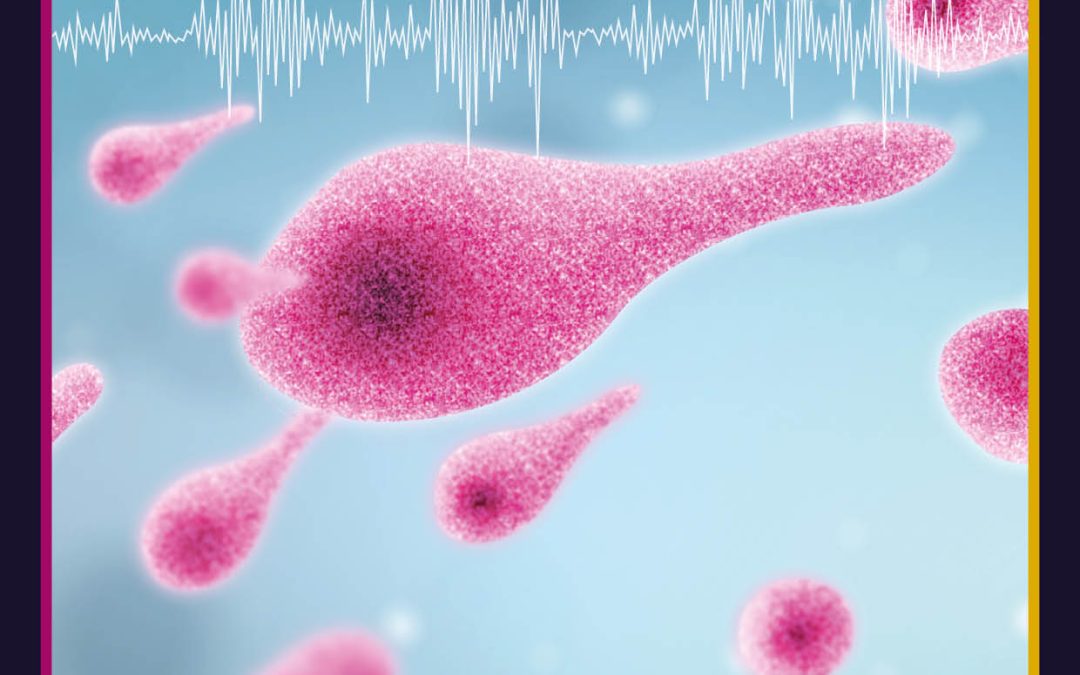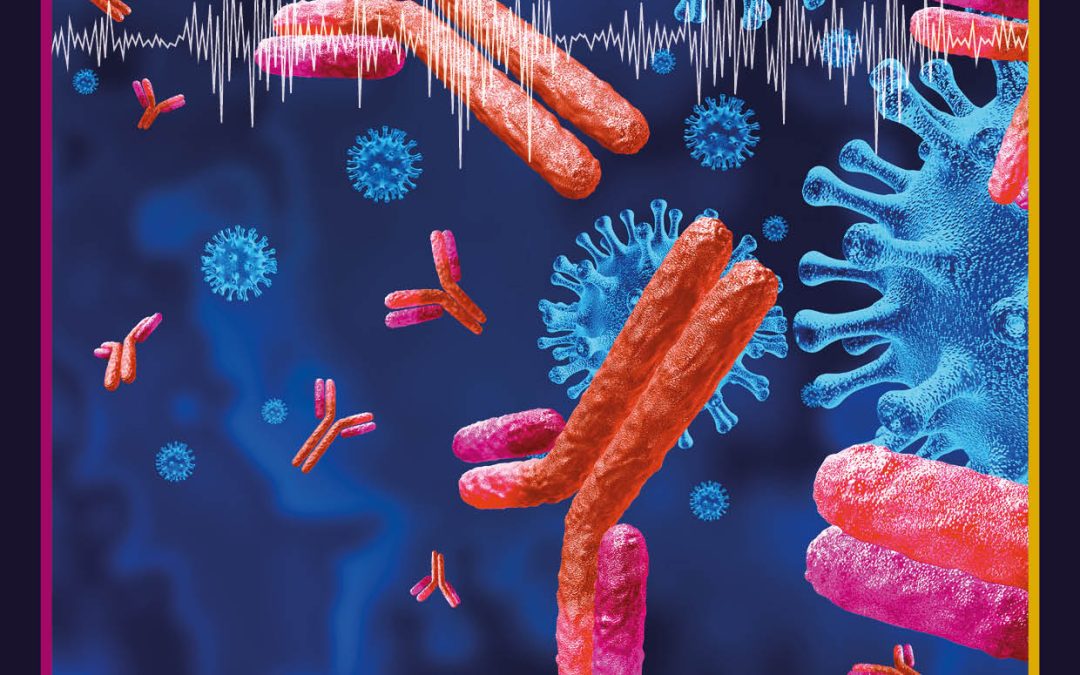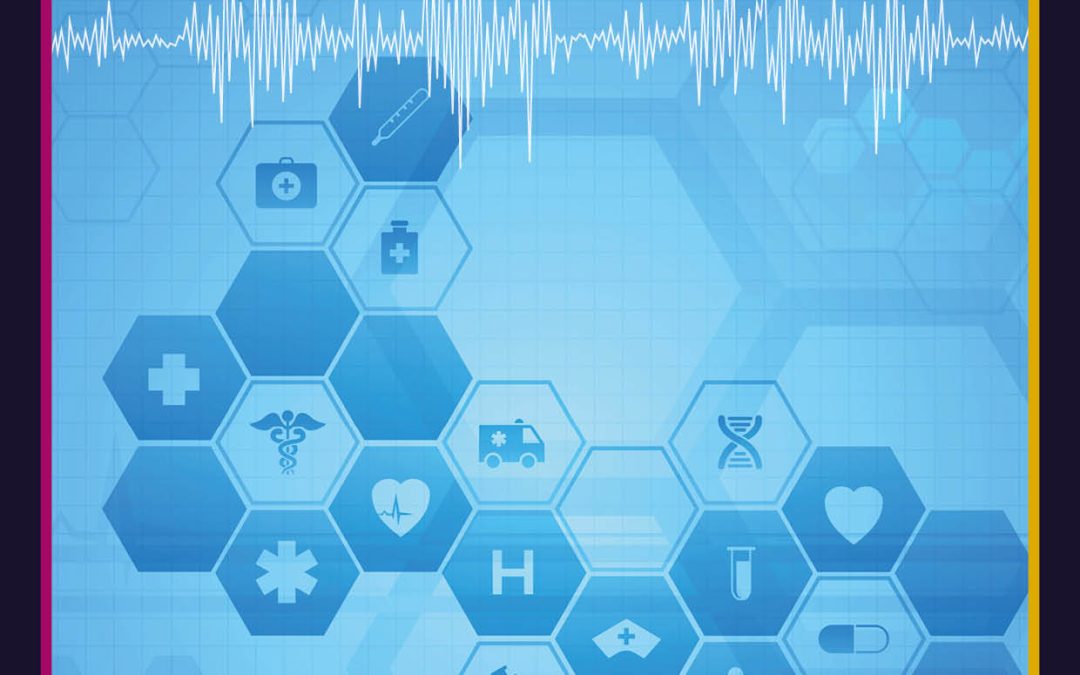
by admin | Mar 21, 2022 | health and medicine, health and medicine animated, research animated
Bacterial growth depends on the complex interactions of a multitude of chemical components. Microbiologists have long attempted to predict bacterial growth according to culture media components, and have employed a variety of mathematical and computational models to this end. Dr Bei-Wen Ying and her colleagues at the University of Tsukuba, Japan, successfully applied machine learning to understand the contribution of media culture components to bacterial growth. Their work makes a significant contribution to growth prediction and demonstrates that machine learning can be employed in the exploration of the complex dynamics that regulate living systems.

by admin | Mar 18, 2022 | health and medicine
The potentially fatal impact of tetanus on mothers and infants is a serious issue in developing countries. Dr Syed Ahsan Raza at Baylor College of Medicine and Dr Bilal Avan at the London School of Hygiene and Tropical Medicine have recently published their perspectives and insights into this important issue.

by admin | Mar 16, 2022 | health and medicine, trending
Led by Dr. Eric Buckland, Translational Imaging Innovations, Inc. (TII) provides purpose-driven software systems that drive such ophthalmic research forward. The TII image management platform provides researchers with the tools to manage multifaceted imaging workflows and efficiently organize and analyse complex sets of images and data to accelerate the development of new diagnoses and treatments for eye diseases. By unleashing the power of the eye, TII aims to transform medicine.

by admin | Mar 16, 2022 | health and medicine
Measurement of CD4 T cell-mediated immunity requires functional tests to be conducted with viable peripheral blood mononuclear cells, PBMC. Recently, scientists at CTL successfully developed a positive control that not only verifies the functionality of CD4 T cells in PBMC, but also that the antigen-presenting cell compartment is unimpaired in the test sample as well.

by admin | Mar 4, 2022 | health and medicine
Congenital heart disease (CHD) is one of the most common birth defects across the globe. Although prospects and survival rates are improving, there is scant understanding or help available to get children with CHD active. Many believe physical activity is risky or outright dangerous, and as a result, children with CHD are at risk of obesity and other chronic conditions later in life. Dr Marta Erlandson from the University of Saskatchewan has aided the creation of CHAMPS, an innovative program for children with CHD, where researchers and children are learning how to manage the disorder from each other.

by admin | Mar 4, 2022 | health and medicine
Stress is inherently prevalent in our lives and can have seriously deleterious impacts on individual health and well-being, as well as society more broadly. Dr Joseph Arpaia a psychiatrist in private practice in the USA, and colleague Dr Judith P. Andersen of the University of Toronto Mississauga in Canada, have proposed a new theoretical account of stress that has the potential to revolutionise clinical care in the fields of psychiatry and addiction, and improve well-being on a global level.






